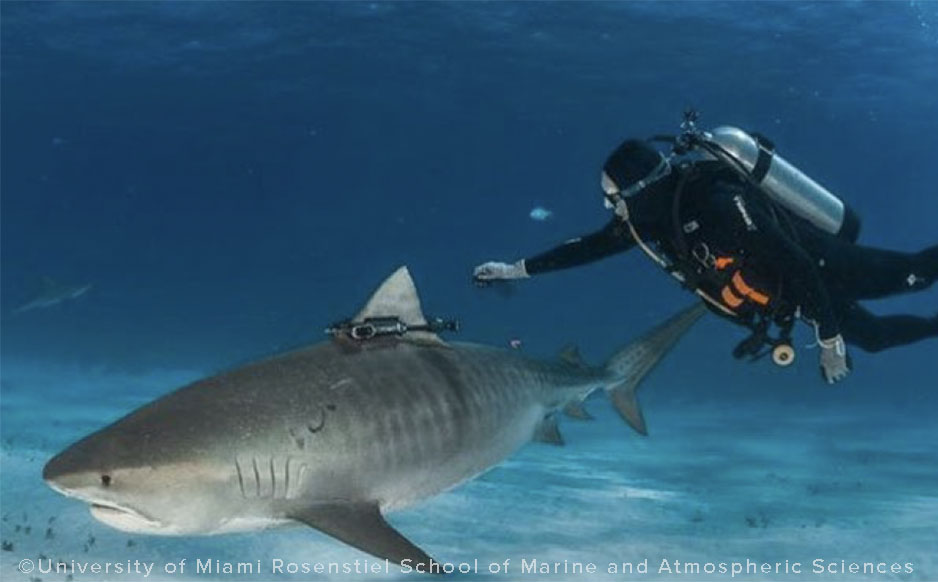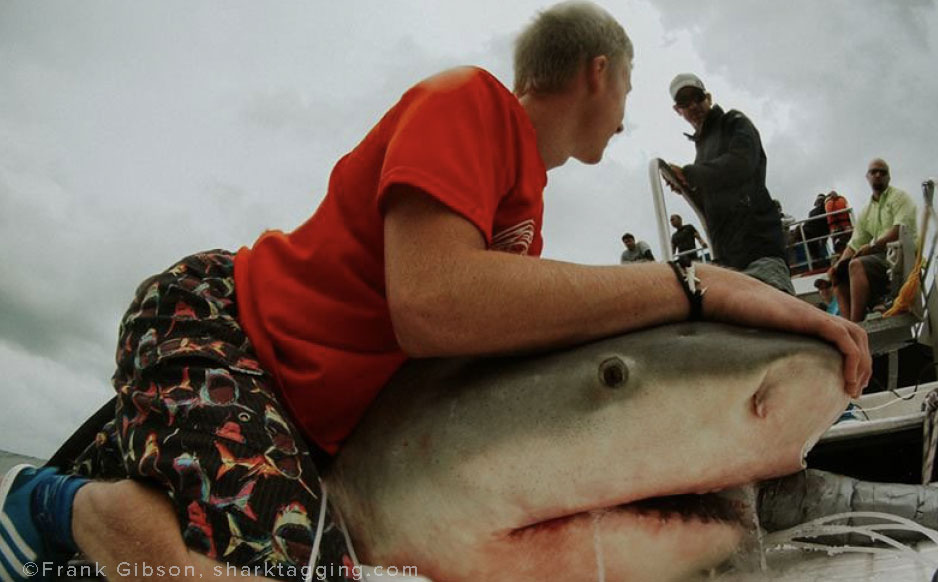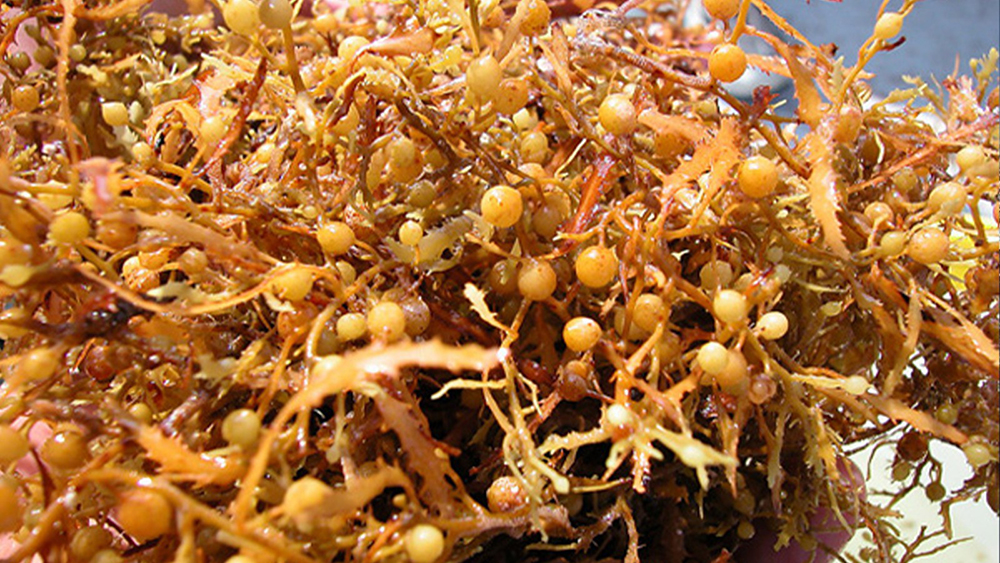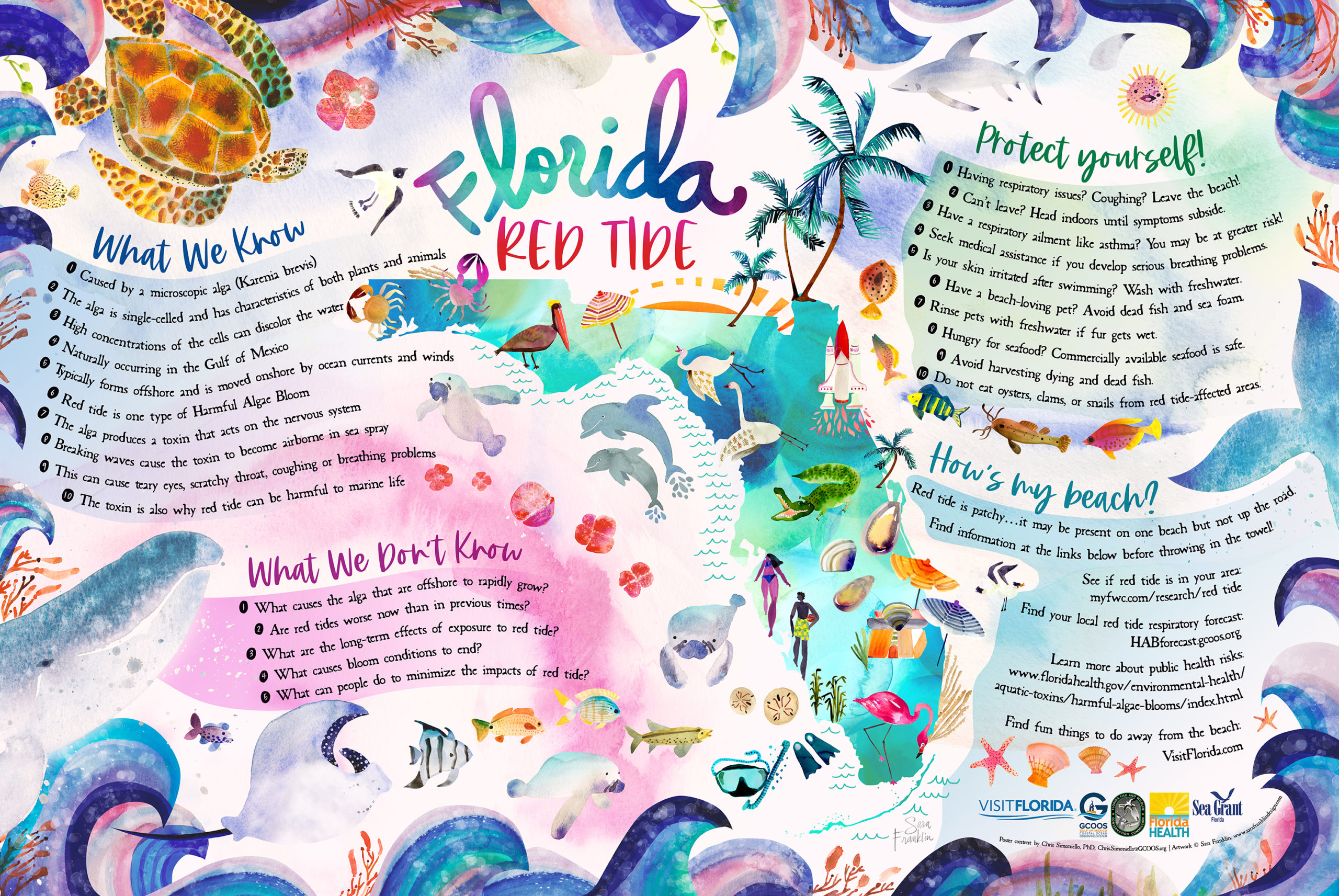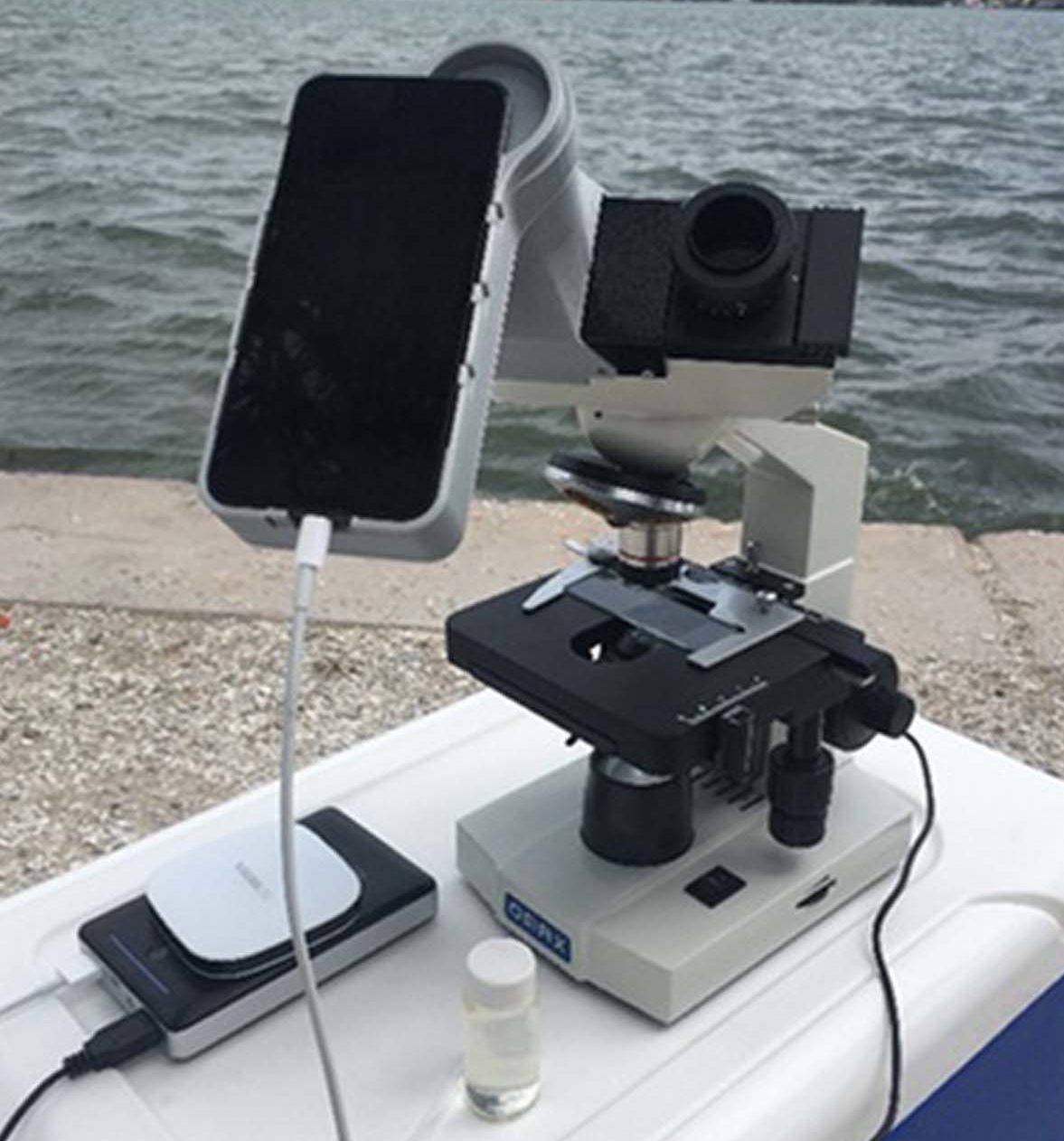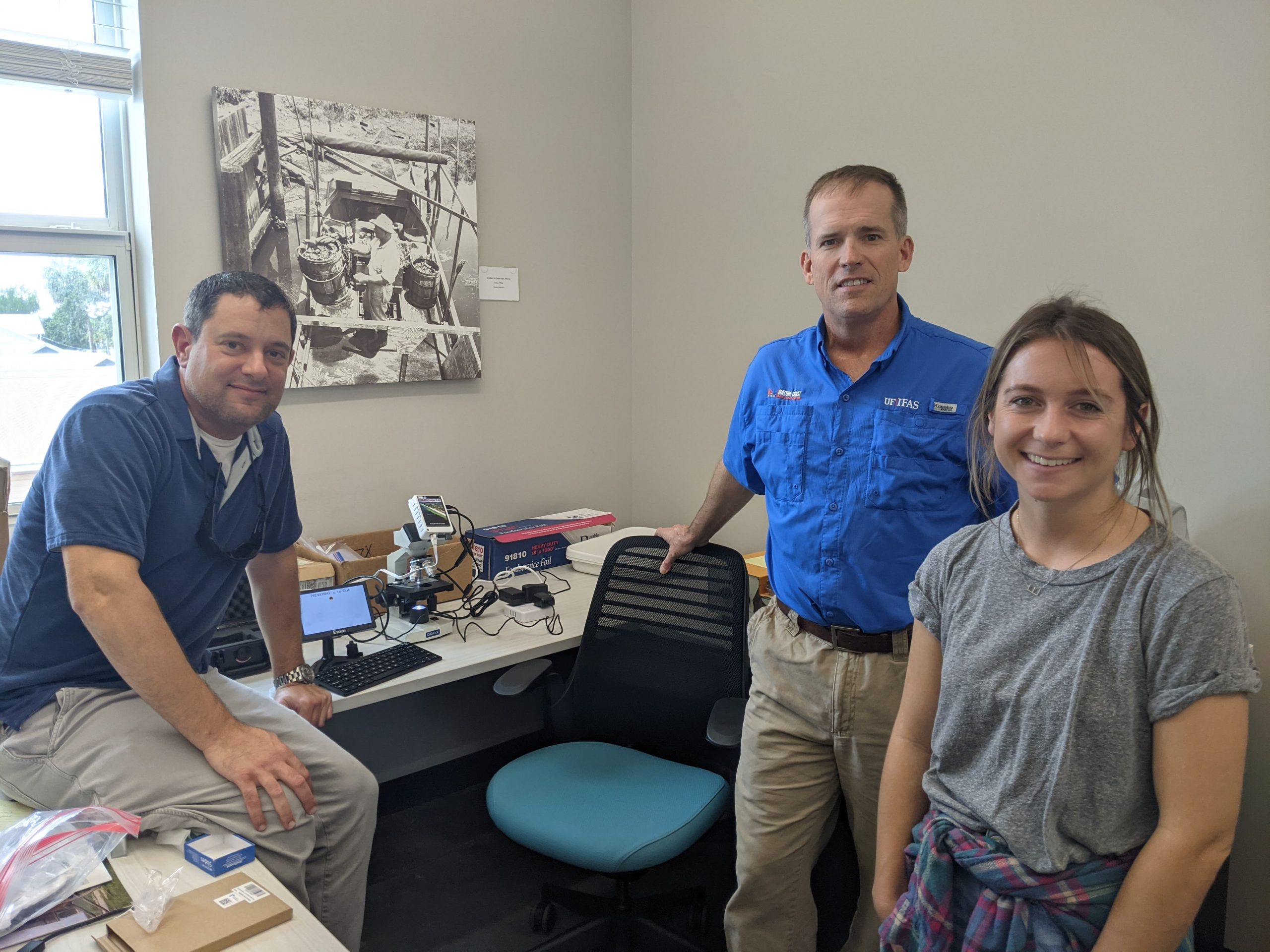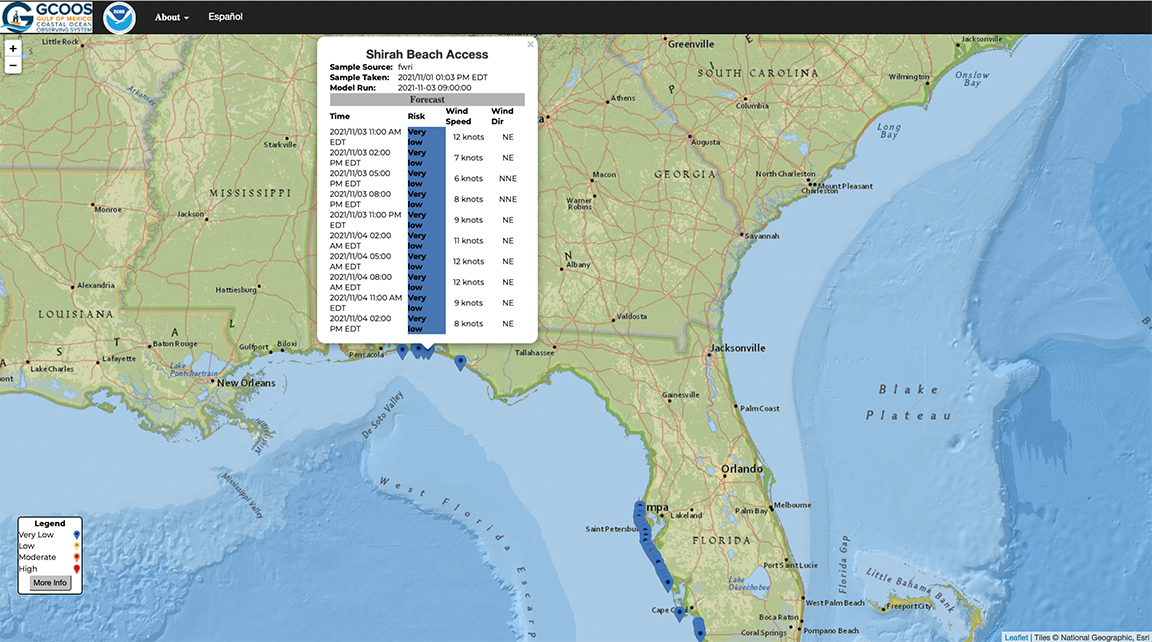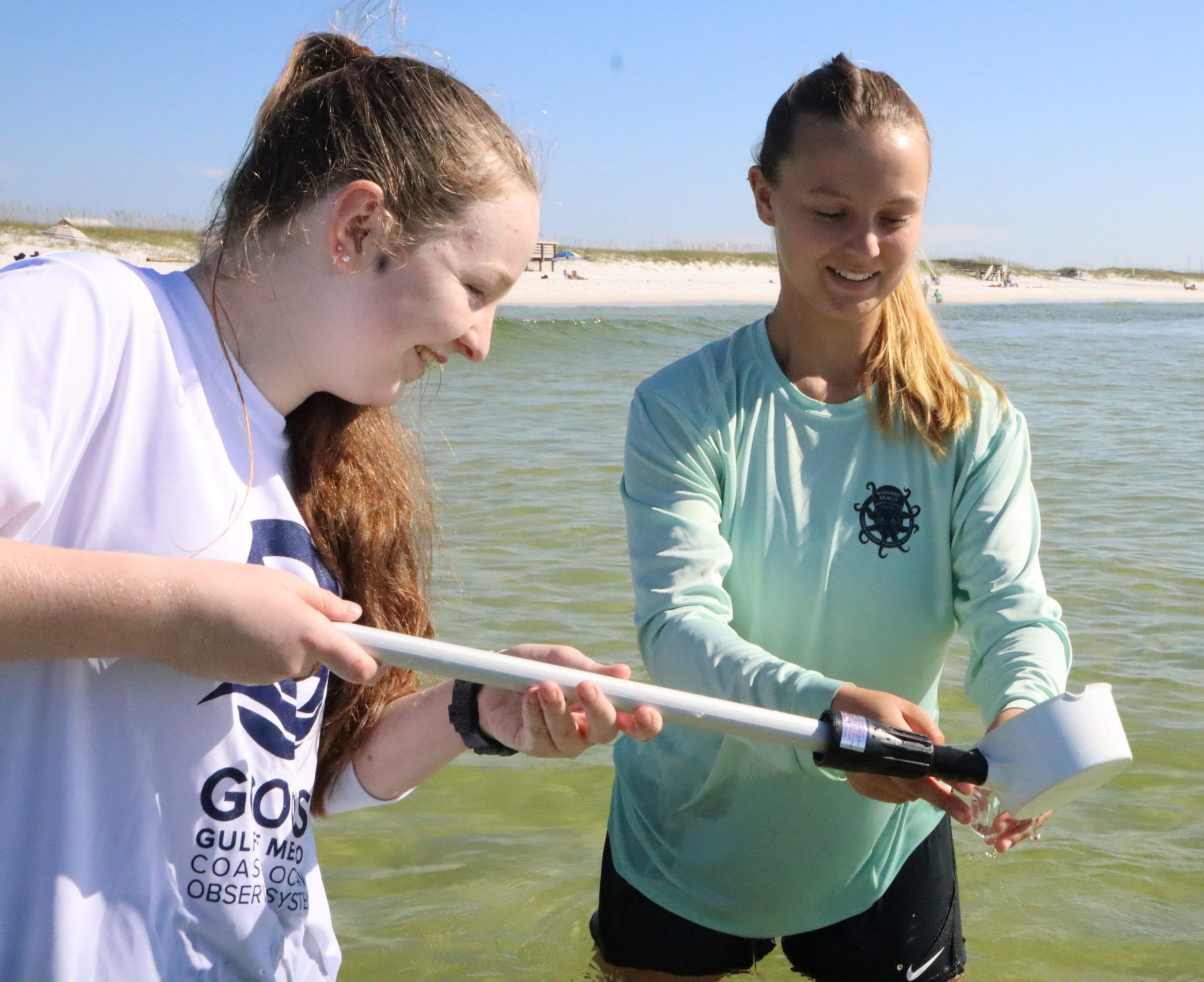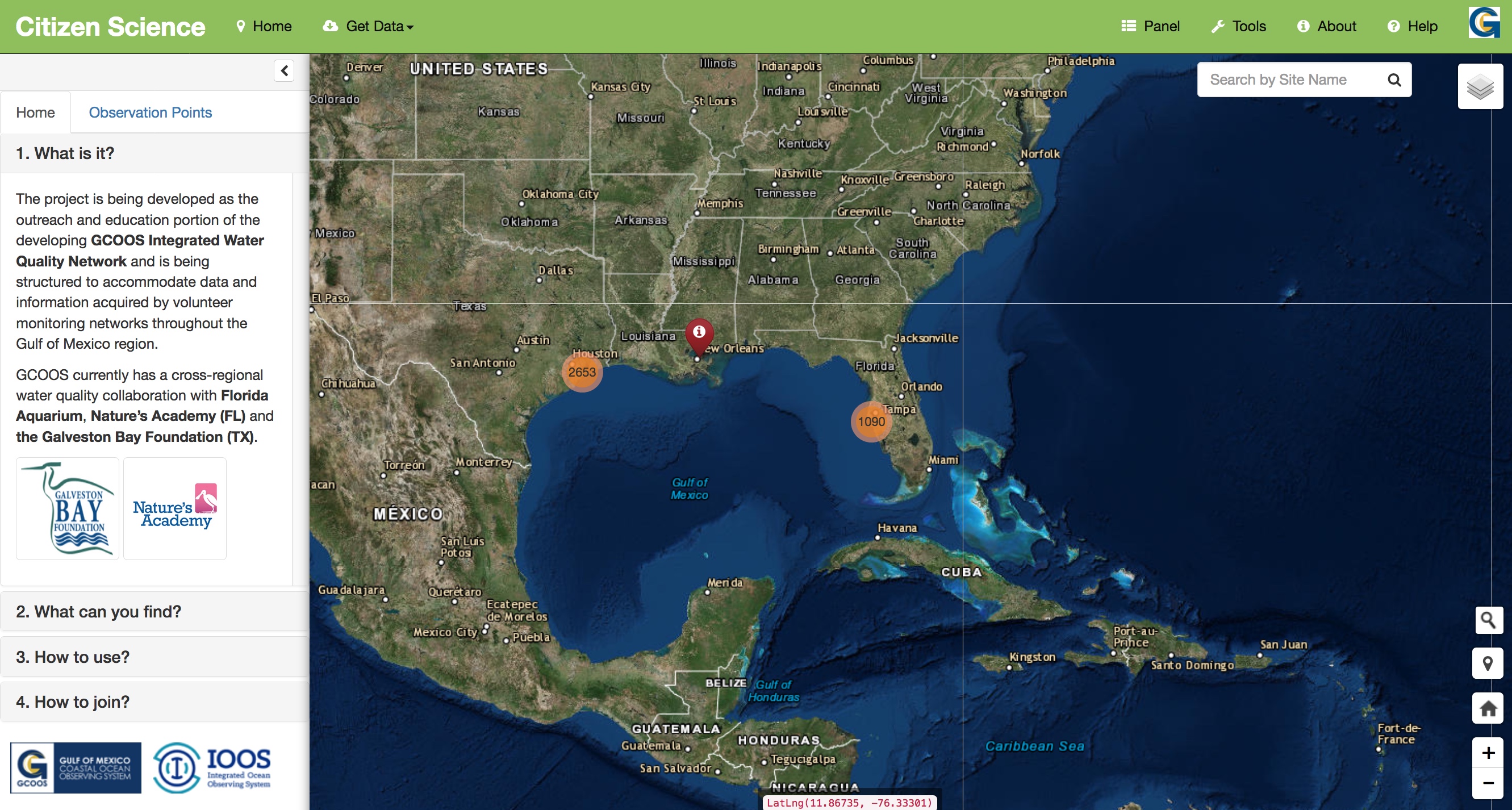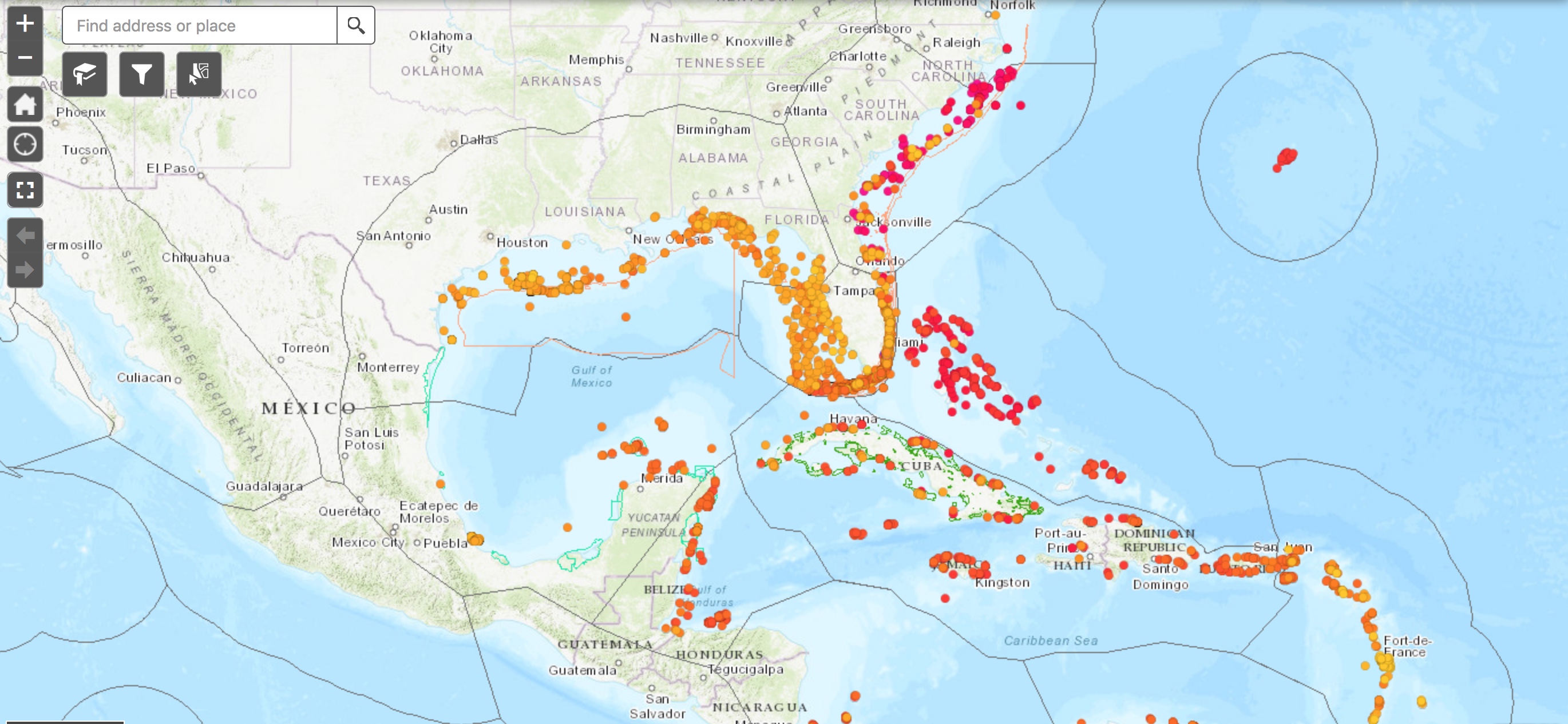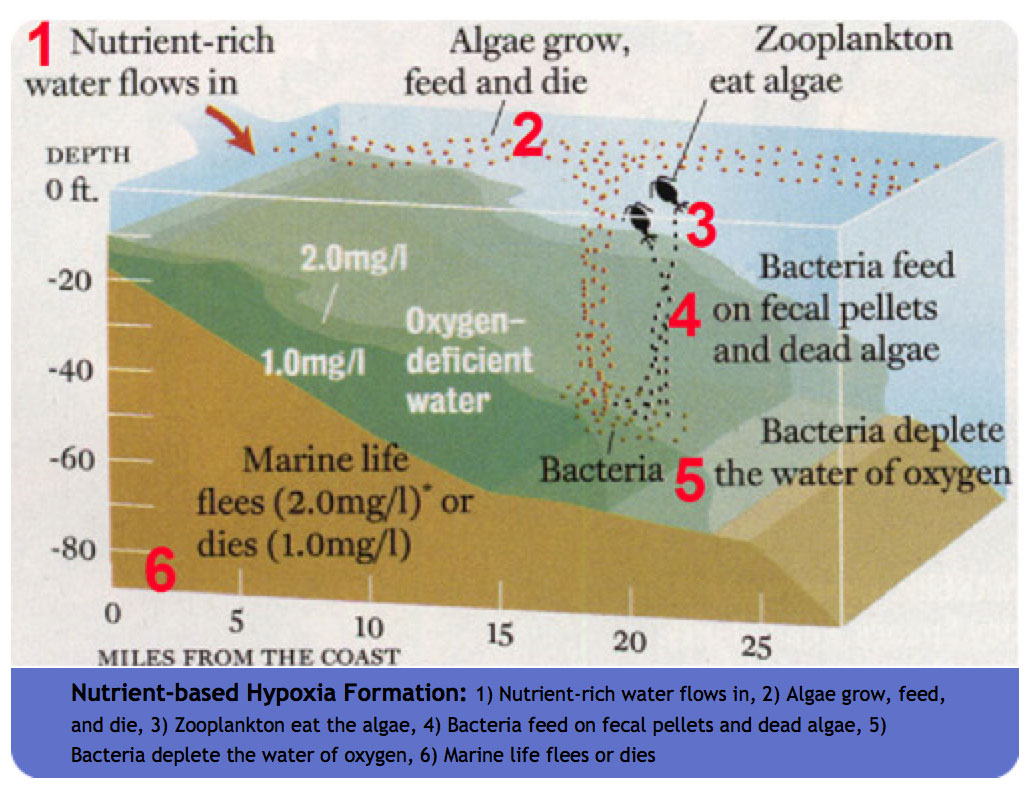While GCOOS is a data-driven organization, our mission also includes developing tools that help support a more ocean-literate society. To that end, GCOOS educators have developed lessons for students to help them understand and use data.
Satori and the Mystery of the Dirty Data
GCOOS Product Developer and Co-Data Manager Bob Currier created “Satori and the Mystery of the Dirty Data,” as a training aid to teach non-data scientists about the daily lives of data scientists. In the video, his character Satori takes viewers through the entire cycle of data processing — from finding and cleaning data, to creating and training artificial intelligence (AI) models, and finally, to visualizing the data.
Watch the video then take the quiz to test your data skills!
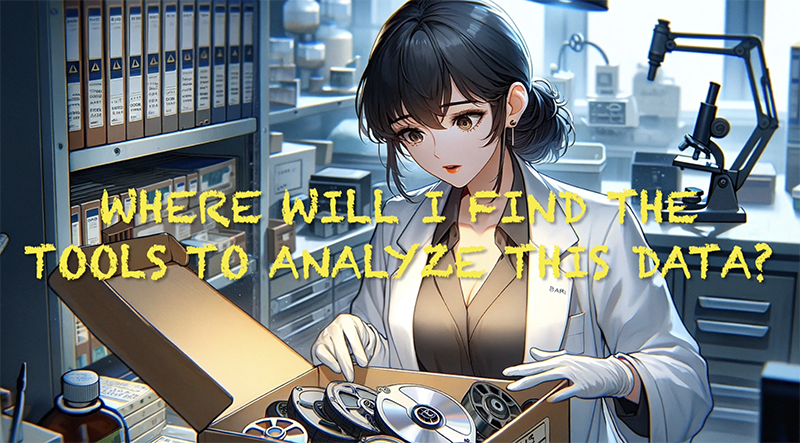
Ocean Animals on the Move
This project, conducted in partnership with Earth Science Information Partners (ESIP) and the Marine Biodiversity Observing Network (MBON) and U.S. IOOS, focuses on animal tracking and the data stewardship that goes along with it.
“Ocean Animals on the Move: Using Technology to Track Marine Life and Understand Environmental Change” includes three lessons for students in grades 8-12. The goal is to understand the purpose and process of animal tracking and the data stewardship practices needed to apply the information to real-world challenges.
This ESIP FUNding Friday Collaboration was developed by Dr. Chris Simoniello, GCOOS Outreach & Education Manager; Mitch Rider, Ph.D. Candidate, University of Miami; Lori Anzalone, Anzalone & Avarella Studios; Mathew Biddle, U.S. IOOS; Felimon Gayanilo, GCOOS Co-Data Manager and Texas A&M University-Corpus Christi and Grant Craig, GCOOS Volunteer Coordinator.
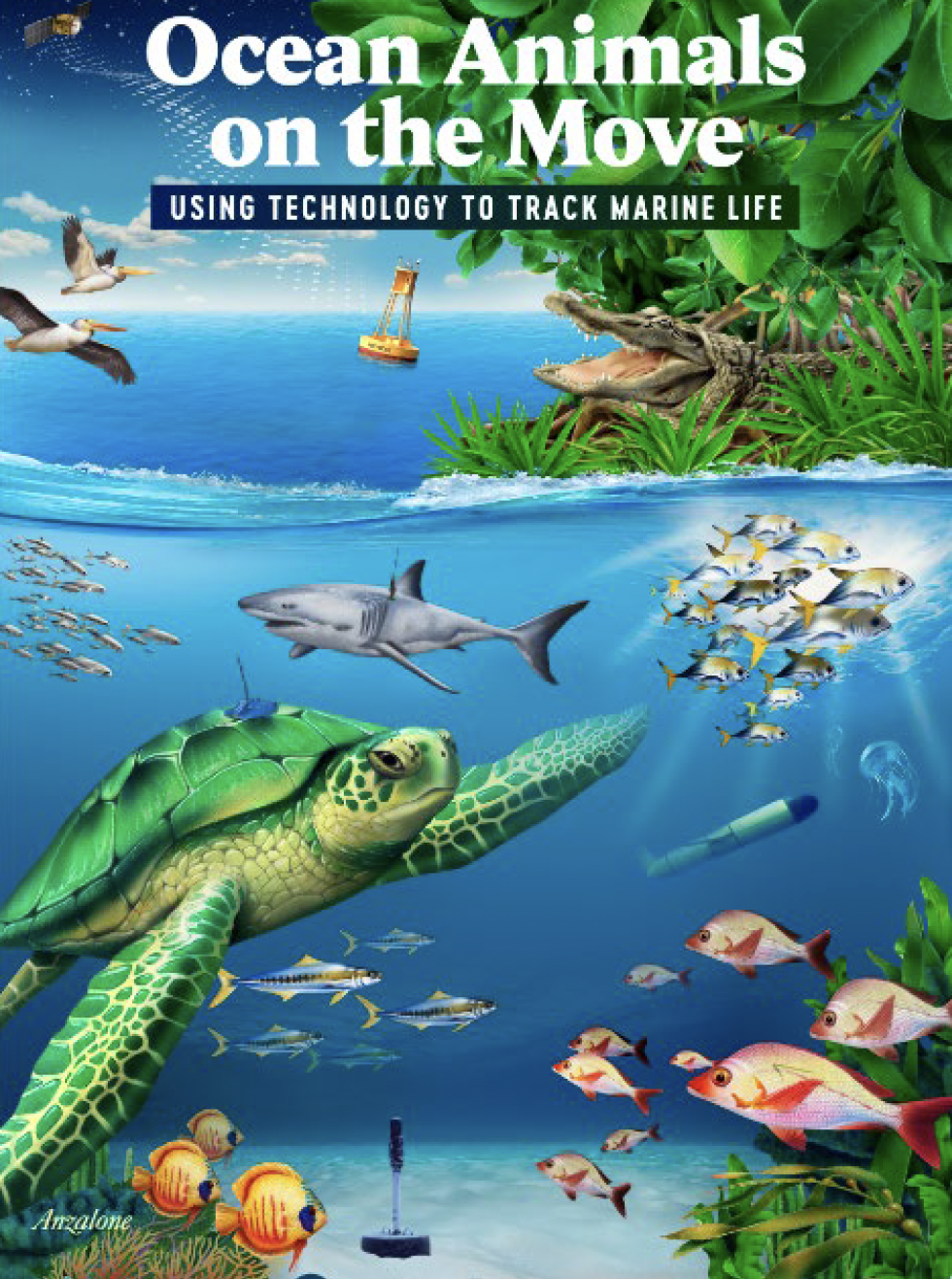
- Downloadable JPG of poster
- Need a higher resolution version? Email Chris Simoniello.
Lesson 3
Using Passive Acoustic Telemetry to study the movement ecology of bull sharks








